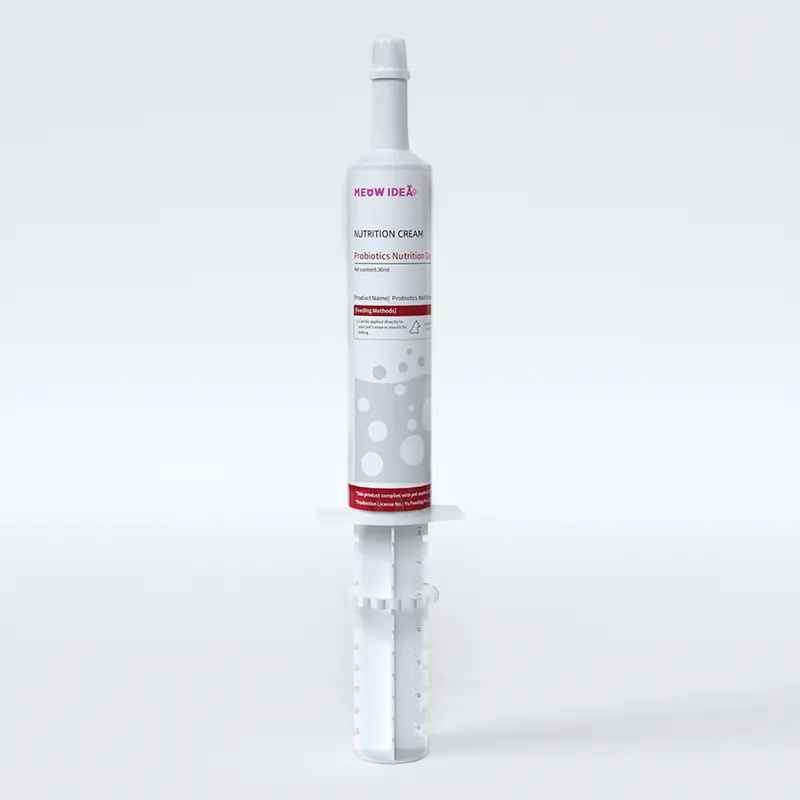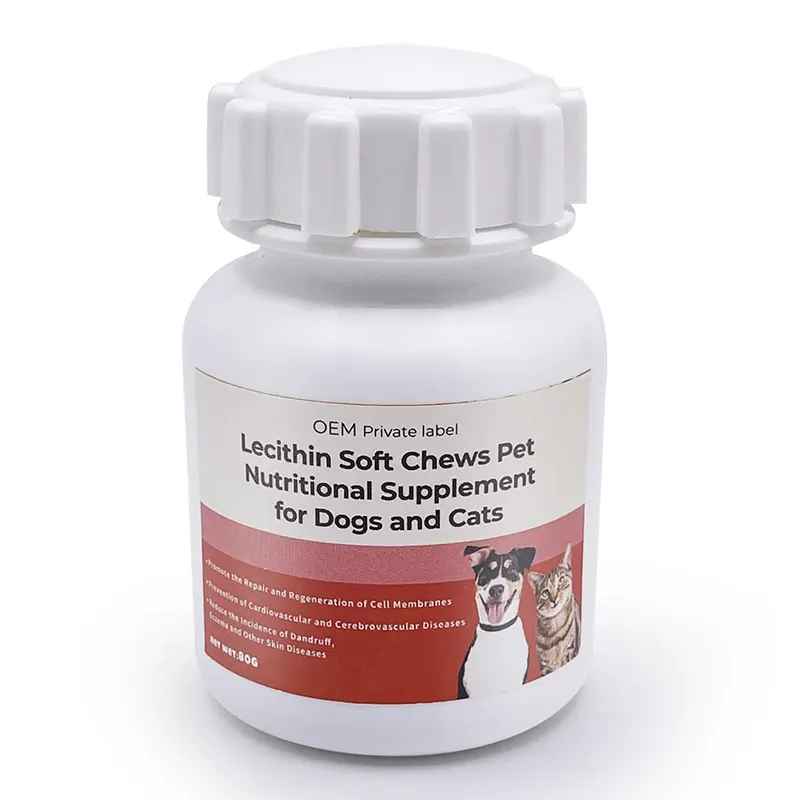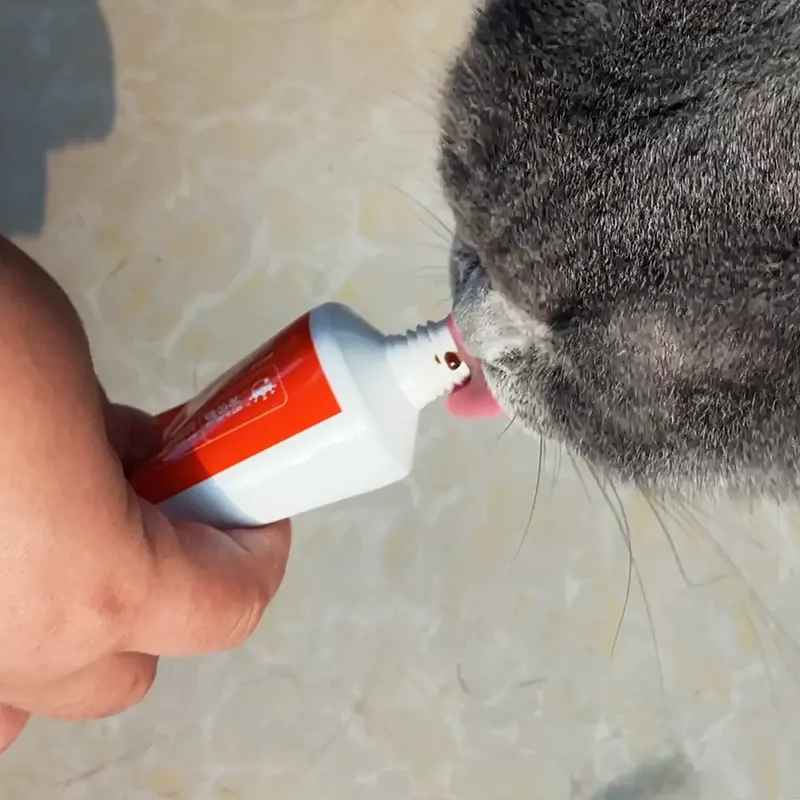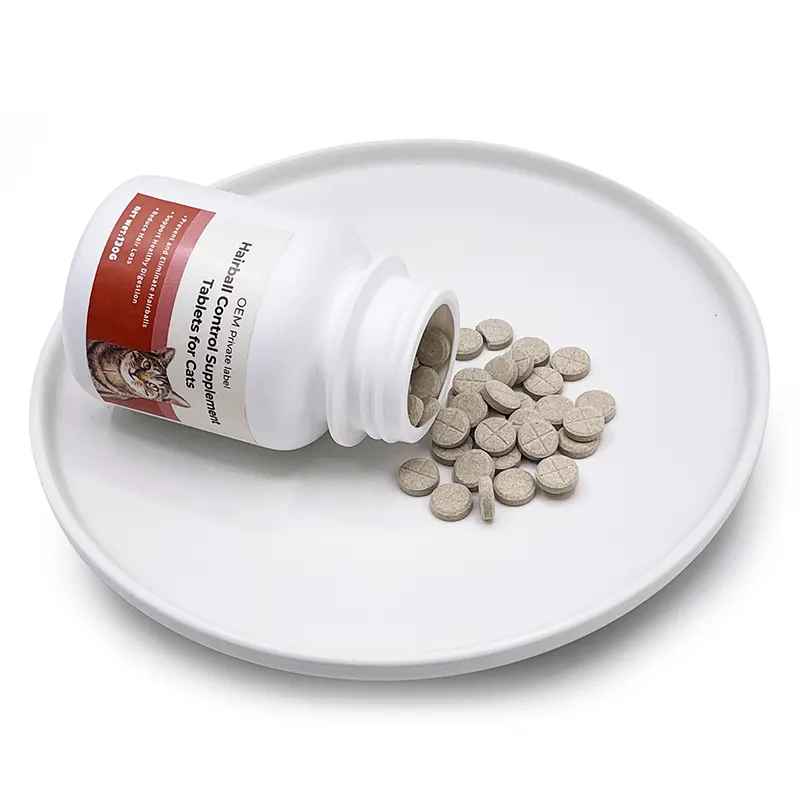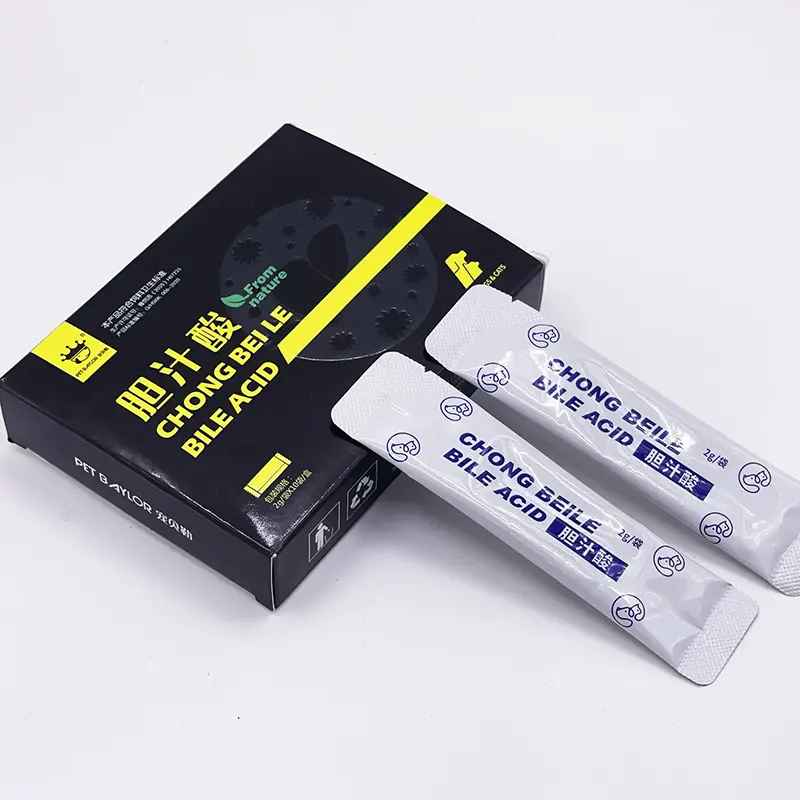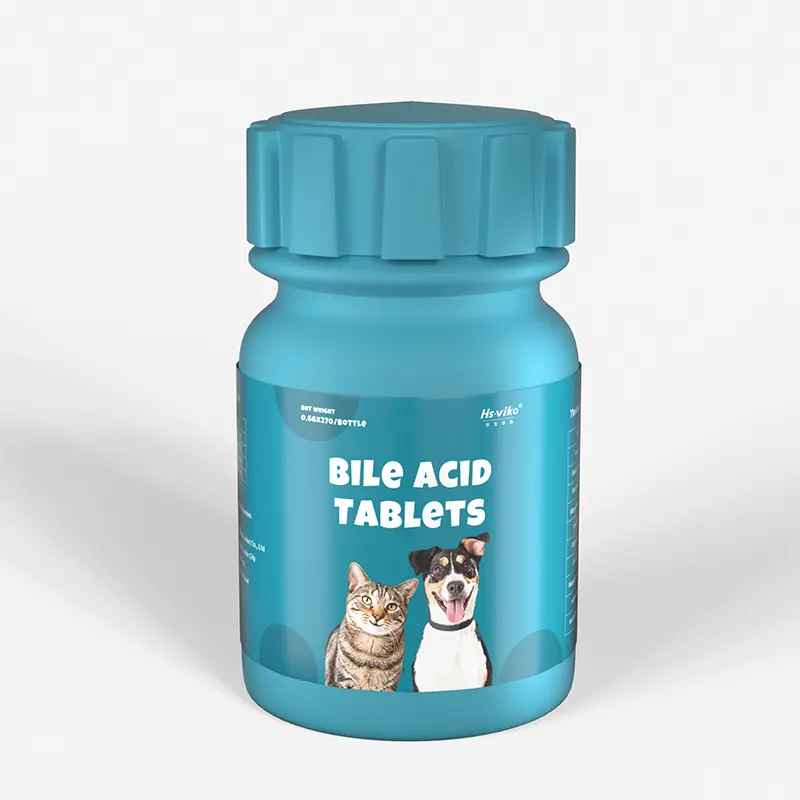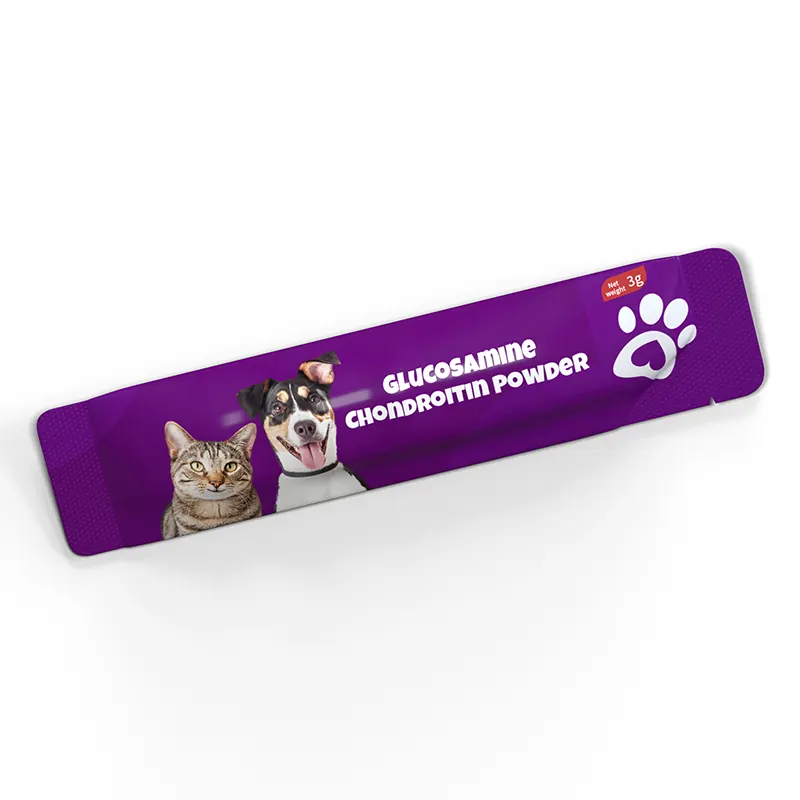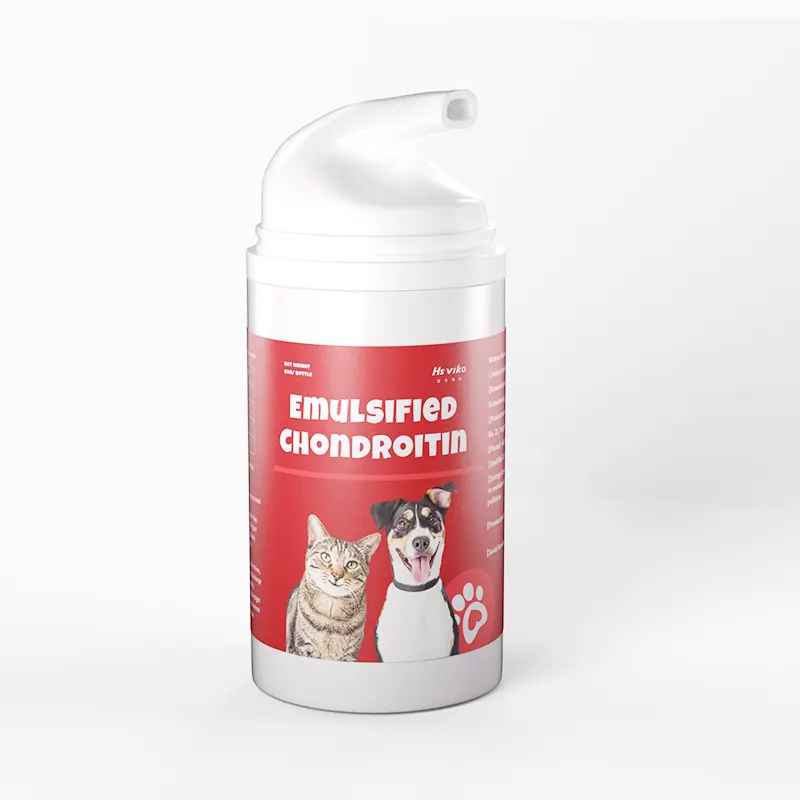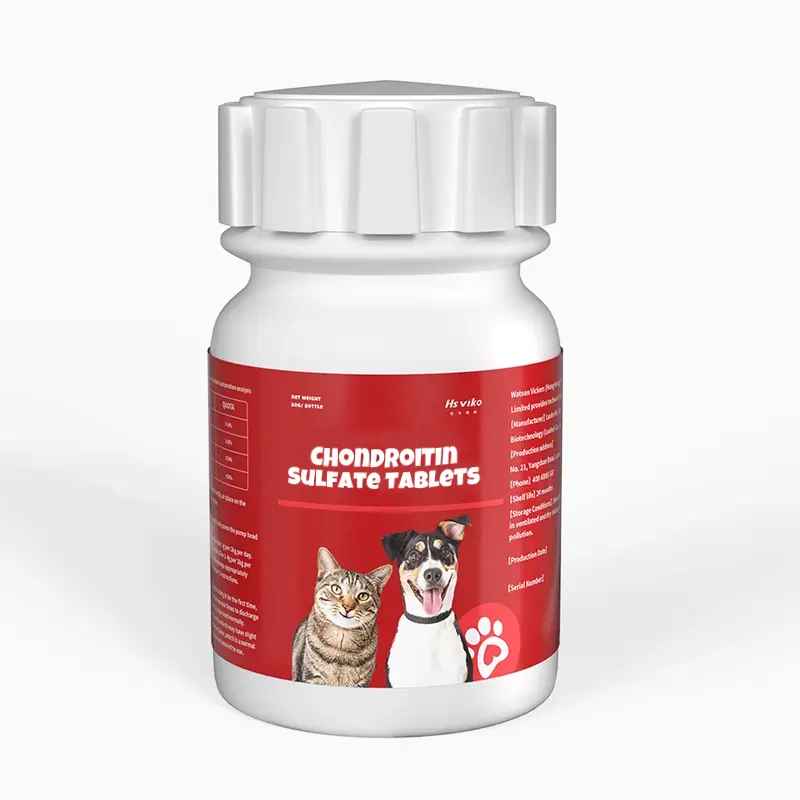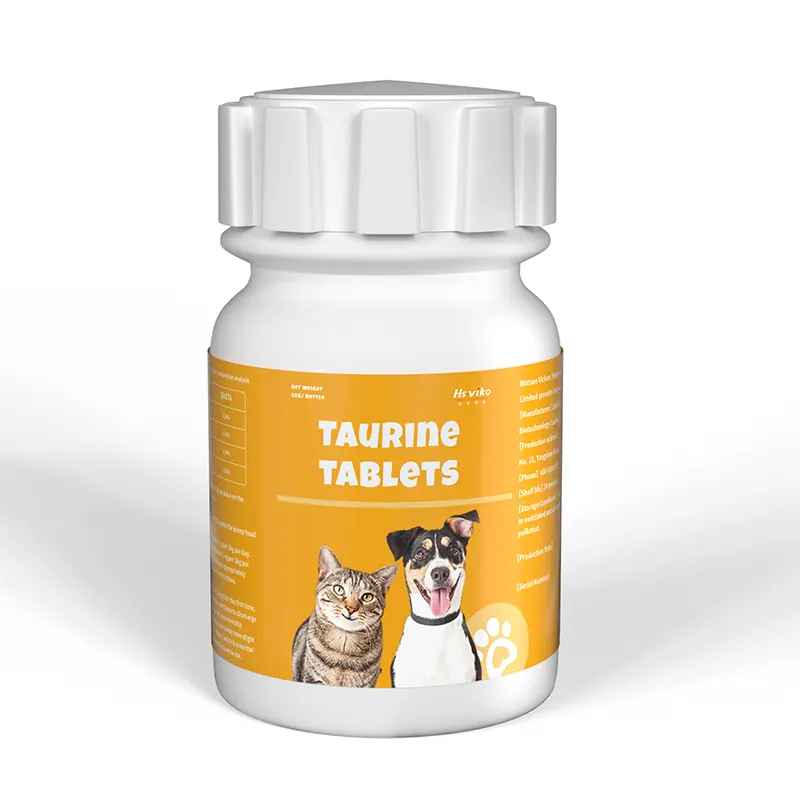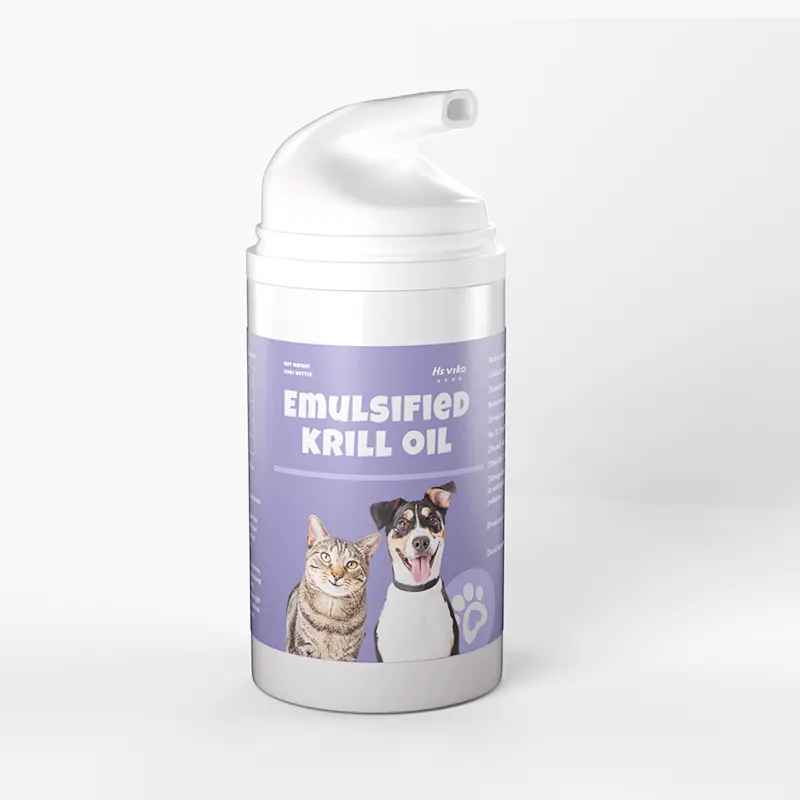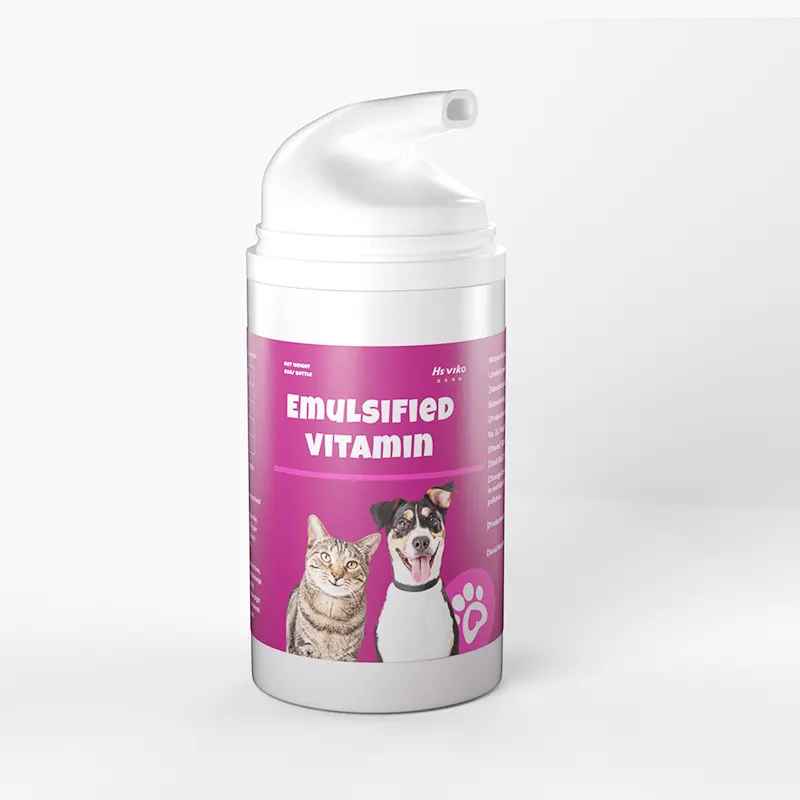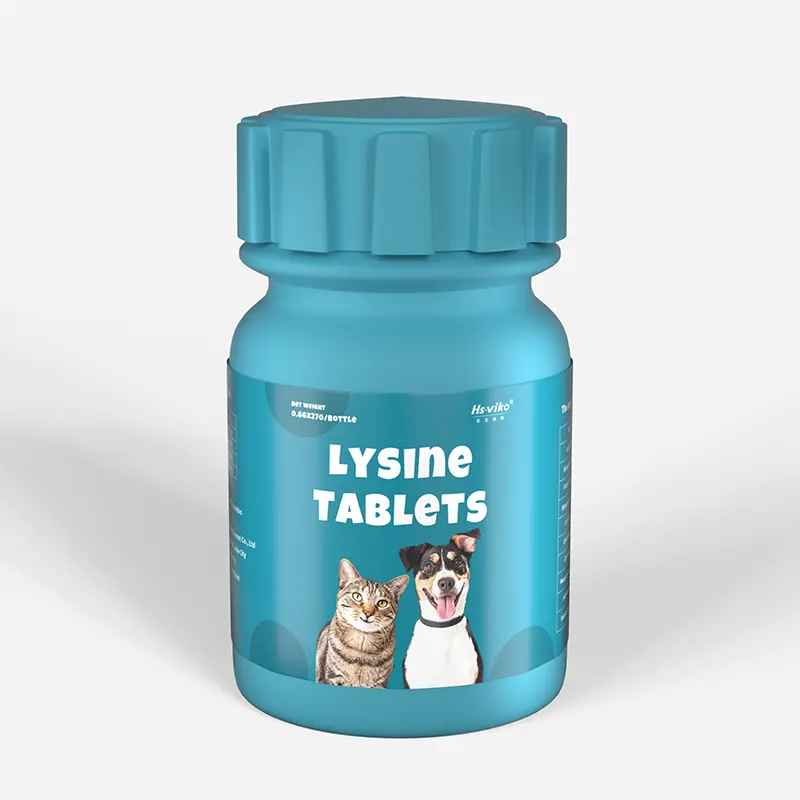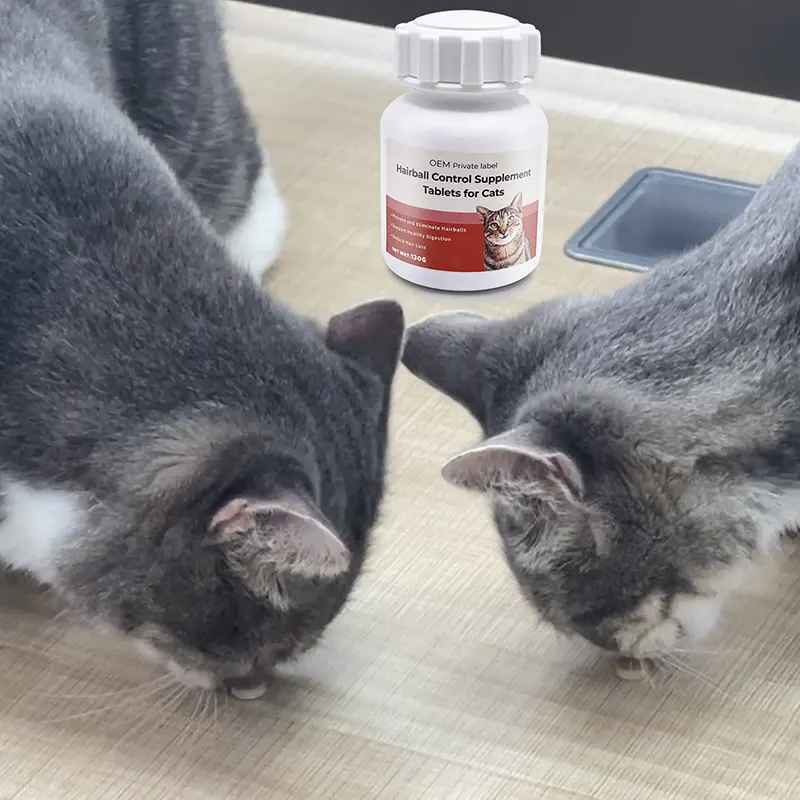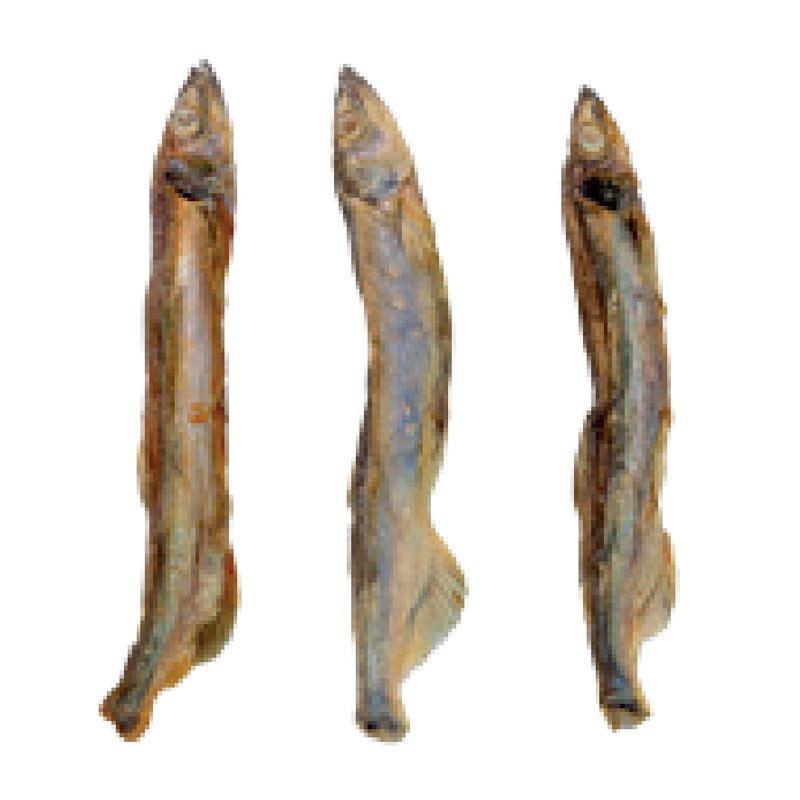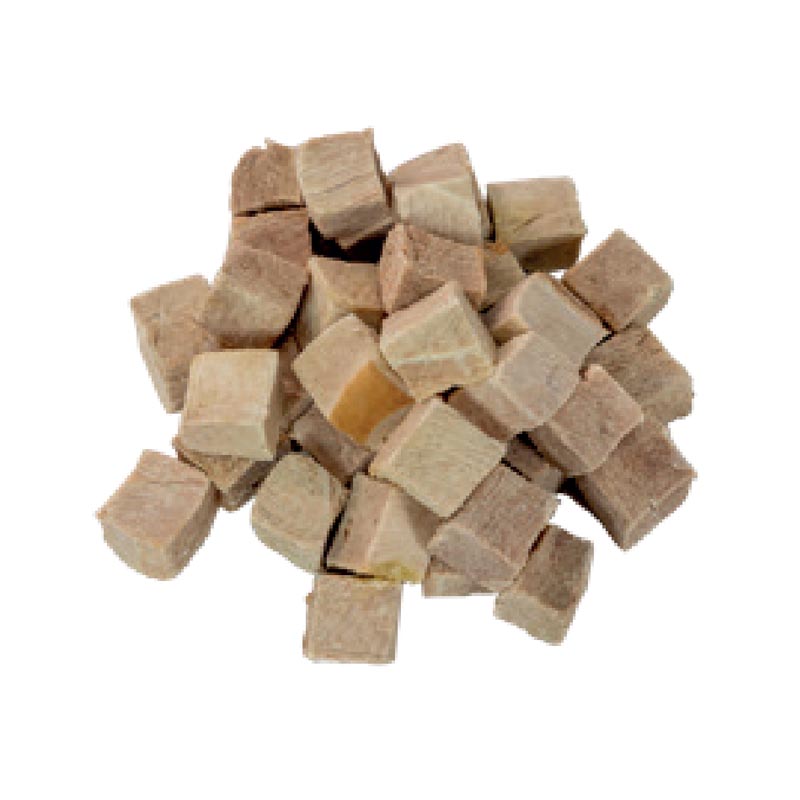Can I Use Dog Ear Cleaner on Cats? And Vice Versa?
Do you know? Ear mites in the ears of dogs and cats are transmissible to humans! That’s why it’s so important to clean your cat’s or dog’s ears. For many pet owners who both have dogs and cats, the question may sometimes be faced: can you use dog ear cleaner on cats? And what about the other way around? The answer is not recommended! This question may seem simple, but it actually involves a number of aspects, such as the pet’s physiology, skin characteristics, and the ingredients of the cleaner. In this paper, we will discuss this issue in depth and combine it with theoretical support to provide pet owners with suggestions for practical application.
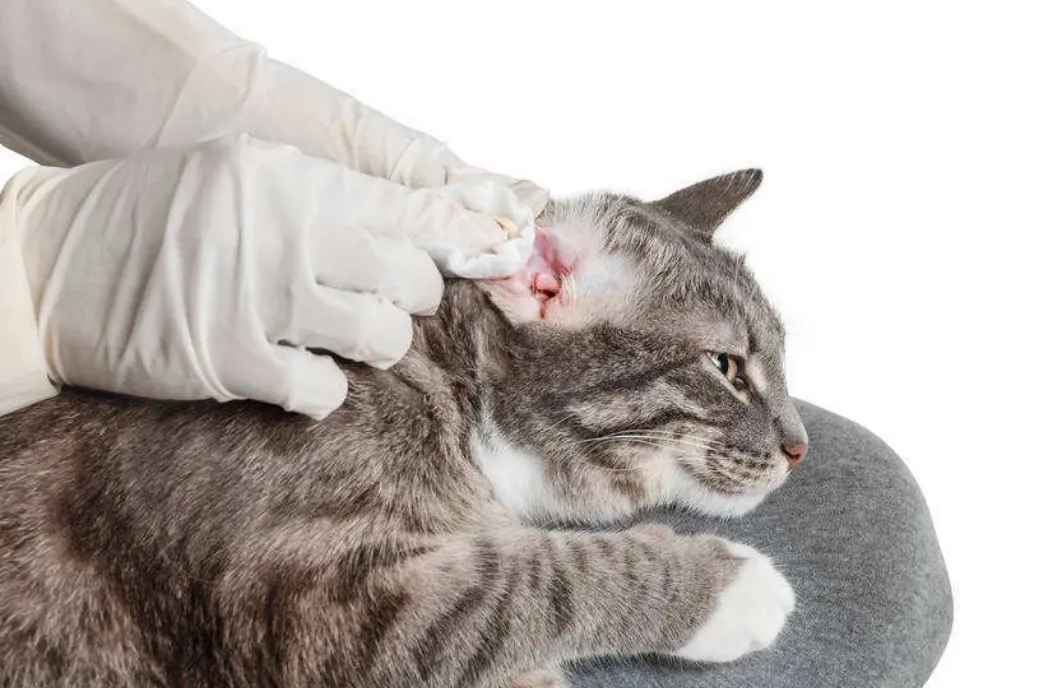
Why You Need to Clean Your Cat or Dog’s Ears?
What you need to know is that the reason you clean your cat and dog’s ears is to maintain your pet’s ear health and prevent potential problems.
Preventing Ear Infections
Your pet’s ears are an ideal environment for bacteria and fungi to thrive. Regular ear cleaning removes earwax and dirt and reduces the buildup of pathogens, thereby reducing the risk of developing ear infections.
Remove Excessive Earwax
Ears naturally produce a certain amount of earwax, but too much can lead to clogging and discomfort. Regular cleaning can help remove excess earwax and keep the ear canal clear.
Checking Ear Health
By cleaning your pet’s ears, you can better observe and check the health of the ears. This can help you detect any abnormalities such as redness, swelling, discharge, and ear mite infections early and take appropriate treatment measures in time.
Relieve itching and discomfort
Some pets may experience itching and discomfort due to earwax buildup, infections, or other ear problems. Regular ear cleaning can alleviate these symptoms and improve your pet’s comfort and quality of life.
However,you need to pay attention to the method and frequency of cleaning your pet’s ears varies depending on your pet’s breed, ear shape and individual differences. Incorrect cleaning methods or over-cleaning may cause problems.
The Problem Can be Analyzed from Three Perspectives.
- Probiotic Nutritional Cream Supplement for Dogs and Cats
- Chewable Probiotic Supplement for Dogs and Cats
- Lecithin Soft Chews for Dogs and Cats
- Lecithin Capsules for Dogs and Cats
- Hairball Control Gel for Cats
- Best Hairball Control Tablets Supplement For Cats
Ear structure in cats and dogs
Shape
Cats usually have pointed ears, such as the British Shorthair and American Shorthair, which have long and upward-facing, pointed ears. Dogs, on the other hand, have more varied ear shapes, with standing ears, semi-standing ears, bat ears, rose ears, button ears, folded ears, and many other types. For example, Border Collies often have semi-erect ears, while Basenjis are described as having “small, erect, slightly hooded ears.”
Size
Cats have medium-sized ears that are in proportion to their head and body. The size of a dog’s ears varies from breed to breed, with some breeds having very large ears, such as the large-eared Maine Coon cat, whose ears are usually larger than the head, while others have relatively small ears, such as the small-eared Bichon Frise, whose ears fit snugly on the sides of the head in a smooth line.
Internal structure
Both cat and dog ears consist of an outer, middle, and inner ear. However, there may be differences in specific details. For example, a cat’s ear canal may be deeper, L-shaped, and have a high level of humidity and temperature inside the ear canal, which tends to make it a breeding ground for bacteria, fungi, and ear mites. Dogs, on the other hand, may have a different internal structure to their ears, for example, the size of the ear may affect how efficiently sound is received and transmitted.
Due to the differences in the structure, size, and internal structure of the ears of cats and dogs, these differences may lead to cats and dogs not being able to use each other’s ear cleaners.
Skin pH
Cats: The skin pH of cats is usually low, ranging from about 5.5 to 7.0. This makes the cat’s skin somewhat resistant to maintaining its natural protective barrier and warding off bacteria.
Dogs: Dogs usually have a slightly higher skin pH than cats, ranging from about 6.2 to 7.5. Dogs have a relatively high skin pH, which helps to maintain the skin in a healthy condition.
Thus,cats and dogs have different skin pH levels, which determines their tolerance to cleaners. Using unsuitable cleaners may cause discomfort or allergic reactions to your dog’s skin or ears.
The ingredients of ear cleaners
Also, the ingredients of ear cleaners need your attention. In fact, many of the products on the market are universal for dogs and cats. However, you must make the ingredients clean when you are picking products out to see exactly which ones are more applicable to your pet’s ears than the merchant’s.There are a wide variety of ear cleaners on the market with different ingredients. Some cleaners may contain ingredients that are harmful to cats or dogs, such as certain harsh chemicals or flavors. These ingredients may cause discomfort or allergic reactions in the ears.
Based on these three points, a conclusion could be drawn: it is not recommended to use dog ear cleaners for cats and use cat ear cleaners for dogs. This is because there are differences in the structure and skin characteristics of the ears of cats and dogs, and the ingredients of the cleaner may also have an adverse effect on cats or dogs.
Cat Eye and Nose Care Supplement
So, in practice, How Should We Perform Ear Cleaning for Cats or Dogs?
Clearing Ears for Cats and Dogs
First, choose an ear cleaner specifically designed for cats or dogs. These cleaners are usually developed for the structure of the pet’s ears and skin characteristics, and the ingredients are more gentle and will not cause irritation to the pet’s ears.
Secondly, when performing ear cleaning, pay attention to the method and frequency. Generally speaking, it is sufficient to clean the cat’s or dog’s ears twice a month. When you are cleaning, stabilize the pet’s body to avoid it struggling. Gently turn over the pett’s ears, drop in the appropriate amount of cleaner, and then gently massage the pett’s ears to help the cleaner dissolve the dirt.
Finally, you should use a clean cotton swab or cotton ball to gently wipe the inside and outside of the ear, being careful not to insert it too deeply so as not to hurt the cat or dog’s eardrum.
In addition, you must pay attention to the condition of the cat’s or dog’s ears. If the pet’s ears have abnormalities such as odor, redness, swelling, increased secretions, etc., it should seek medical attention in time to avoid deterioration of the condition.
In summary, although dogs and cats can use each other’s ear cleaners in some aspects, we do not recommend you do so due to the physiological differences between cats and dogs and the uncertainty of the cleaner’s ingredients. In practice, we should choose an ear cleaner specifically designed for cats or dogs and pay attention to the correct cleaning method and frequency to ensure the health of your cat or dog’s ears.
FAQS
Do I have to use a specialized ear cleaner?
Yes, you’d better. Ear cleaners, which are specially formulated, can adapt to your pet’s skin pH and ear structure to avoid causing discomfort or allergic reactions. Avoid using human- or other non-pet specific cleaning products, as they may contain ingredients that are harmful to pets.
What can I do to prevent ear infections in dogs and cats?
Keep your pet’s living environment clean and hygienic.
Regularly clean the cat’s nest, litter box, and other living supplies to avoid bacterial growth.
Pay attention to your pet’s diet and nutritional intake.
A balanced diet helps to strengthen the cat’s immunity and reduce the risk of infection.
Hsviko’s fish oil for dogs and cats contributes to immune boosting.
Ask the vet for help at once.
If your cat’s ears show abnormal symptoms, such as odor, redness, swelling, and increased secretions, you should seek medical attention to avoid deterioration immediately.
One of the most powerful pet product brands in China. With more than ten years of experience in pet supplements is production. Provides one-stop service for pet health care products, medicine and food for the whole world, including customization, OEM, ODM and wholesale.
Related Posts:
- Lysine Benefits for Cats, Dosage, and Safety Tips for All Ages
- Cat Exercise and Nutritional Balance Guide: Boosting Cat Health with Pet Supplements
- What vitamins do cats need? Pregnant Cats & Older Cats Complete Guide
- Lysine supplements for cats: effects, benefits and side effects
- What Vitamins Should I Give My Cat? Expert Tips for Cat Owners
Search
© 2023-2024. All Rights Reserved. Copyright By HsViko Pet Supplies | Privacy Policy
